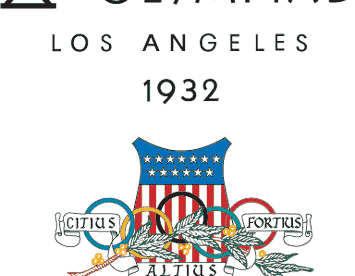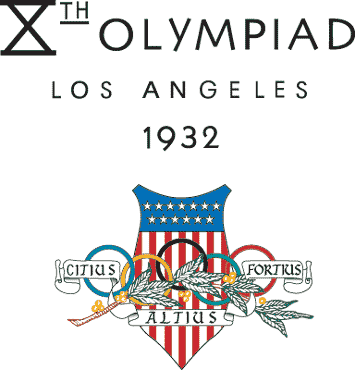How Brazil Got to the 1932 Olympics (Mostly)


The 1932 Summer Olympics took place in Los Angeles, California, and are probably most notable for how sparsely attended they were. Only 1,332 athletes participated in the Games, down from 2,883 from four years prior in Amsterdam. Similarly, only 37 nations sent athletes, compared to 46 in the Amsterdam Games. Herbert Hoover, then the President of the United States, didn’t even bother to show up.
The likely reason for all of this: the Great Depression. The major global economic slowdown sapped governments of their ability to finance their teams’ trip to the United States. (Hoover’s absence, per TIME, wasn’t directly related to the Depression; he was up for re-election, and thought that a three-week trip to LA would be political suicide. He lost his re-election campaign anyway.) Even some of those 37 nations which sent athletes to the Games struggled to find a way to get their men and women to California.
Some, like Brazil, got creative.
The Brazilian Olympic delegation traveled to Los Angeles on a ship called the Itaquicê. But the voyage was an expensive endeavor — so they decided that the athletes would have to earn their keep. In order to finance the trip north, the Itaquicê wasn’t just carrying the nation’s best chances at medals. Per Boys Life magazine, it also had a cargo of 50,000 bags of Brazilian coffee, a product which Brazil believed would be in high demand, despite the global economy. The athletes were to try and sell the coffee at various ports as the ship made its way to California — why not turn a little shore leave into a business opportunity? Brazil concluded, had the athletes also been talented salespeople, the bags of coffee would have funded the whole trip.
But the team couldn’t move enough of the product to pay the costs involved with their voyage. When the ship docked in Los Angeles, the port authority charged the team $1 per person who disembarked — that’s about $17.50 in today’s dollars — and that proved to be too expensive for the Brazilian team. As a result, only about half the team was let off the boat at that point. A few days later, the coffee-selling tour reached San Francisco, and the extra revenue allowed for a few more athletes to leave the boat (albeit about 400 miles from the Games). But ultimately, fifteen of the athletes never made it off the ship in the United States.
The Games themselves didn’t go all that well for Brazil, either. The Brazilian team, excluding the 15 leave-behinds, featured 67 athletes — 66 men and a lone woman — and participated in six different sports. (“Athletics,” as track and field was called at the time, was considered one sport.) They did not win any medals — their top finish was a 4th place showing in one of the rowing events — and their water polo team was disqualified for attacking the officials after their first match.
Bonus Fact: One of the Brazilian athletes who disembarked in San Francisco was Adalberto Cardoso, who was scheduled to run in the 10,000 meters. He hitchhiked his way south and managed to arrive at the Los Angeles venue just in time to compete but, for reasons unclear, ran the race barefoot. He finished 13th out of 13 runners to finish the race — to a standing ovation.From the Archives: Marathon Madness: The crazy story of the 1904 Summer Olympic marathon.
Take the Quiz: What countries drink the most coffee?
Related: Brazilian coffee.
